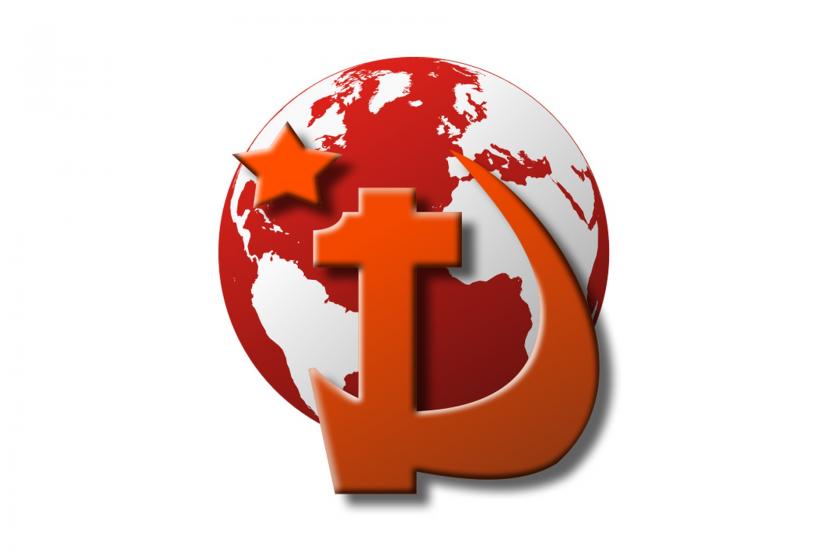The Belt and Road is in Iran

M. Sinan Birdal

Fotoğraf: AA
Starting with Saudi Arabia on Mar 24, the visit of Foreign Affairs Minister of China, Vang Li, ended yesterday, having progressed with Turkey, Iran, United Arab Emirates, Bahrain and Oman, respectively.
A 25 year cooperation agreement signed by Yi and Foreign Affairs Minister of Iran, Javad Zarif, formed the summit of the visit. Content of the agreement was not disclosed, however, according to the draft statement The New York Times published in July last year, it was estimated that China would invest up to $ 400 billion on approximately hundred projects and banking, telecommunications, ports, rail roads, and subways, and in return, Iran would provide oil at a discounted price. China will establish free trade zones in the cities of Maku in the north-west Iran and Abadan in Shatt al-Arab and Qeshm Island, provide the infra-structure for 5G, new Chinese GPS and new firewall. Apart from these, the two countries are to develop the military and intelligence cooperation, to conduct joined operations and research, to develop weapons. The agreement is so comprehensive that the opposition of some of the officials in the government was mentioned in the press as Iran was giving too much concession away to China.
Without a doubt, this agreement indicates that China is moving in the region and the world forward to a more ambitious position. Indeed, this diplomatic move comes right after China-US high level Alaska talks. In fact, the topics of dispute in the discussions are the result of Trump’s policy towards China and Iran. In publishing the agreement last year, The New York Times had criticised the previous president Trump for throwing Iran into China’s arms. Now, it is for Biden to deal with the aftermath of Iran-China convergence.
It is not a secret that Biden tries to encircle China’s increasing influence from the south with Japan, Australia, and India. US is trying to re-organize its alliances in the South China Sea around this strategy. But the developments in the west end of China’s famous Belt and Road project are as important as those in the far-East are. In fact, China, on one hand, is creating an equilibrium between Saudi Arabia and Iran that US ignored, and thus it is coming to the front as a possible broker. On the other hand, it is developing its relations with recent partners of US, such as a NATO member Turkey, by presenting technological, economic, even medical opportunities that US has not.
Whether a soft or a hard power, China’s capacity is quite wide. With respect to US, their biggest shortage is international money unit and international organizations. However, it should be forecasted that it will develop its capacity in those fields in time. A series of shocks, the highest of which is (for now) COVID-19 pandemic, starting with 2008 economic crisis and continuing with the Middle-East crisis, shook the hegemonic status of US much more strongly than that the theories of international relations would have predicted. Trump’s policies have elevated the effect of the shake, but one should not forget that, in 2008, Obama had not been able to establish common base in his economic policies with his closest allies, and that he had not been able to develop effective and consistent politics in the Middle-East after the Arab uprisings. Today, the last move of China uncovers the unforesightfulness of Obama’s strategy of withdrawing from the Middle-East and fortifying itself in the far-East; and clarifies how related the Middle-East and the far-East in fact are with each other.
We cannot know what sort of a view would emerge if Obama’s Iran policy had been continued by Trump. Nevertheless, we can conclude that the human rights, the moral superiority based on liberal democracy and international norms of the western coalition have been emolliated by the coalition itself. When even the most enthusiastic defender of the discourse for moral politics, European Union, has embraced the discourse of Real Politics, how can Biden make a moral discourse effective again?
The first steps of Biden are aiming at rejuvenation of international cooperation in the areas of the climate Trump had left. While this is with no doubt commendable, however it should not be overlooked that the leadership in the case of pandemic is not sought for while COVID-19 still devastates the world. Russia and China have already leveraged the vaccine for diplomatic opportunities. While China returns to normal life, EU and US are still busy to provide vaccine to their citizens. In the case of COVID-19, from the international politics point of view, Biden’s most notable step has been to return to World Health Organization. But this is rather a cold comfort when China’s Belt and Road project has already reached Turkey.
Forwarding to the next article...
10 seconds remaining






Follow Evrensel